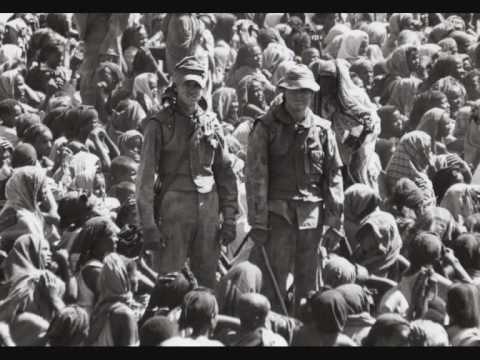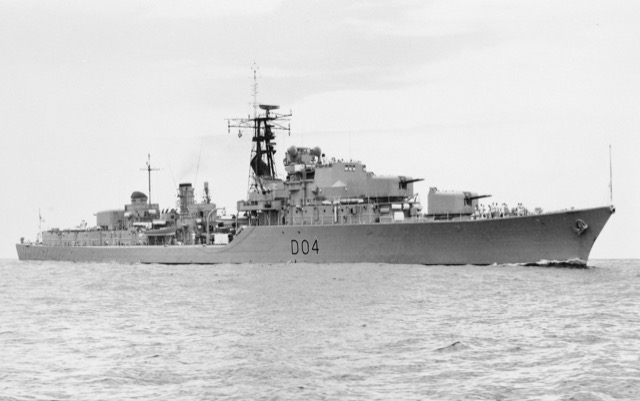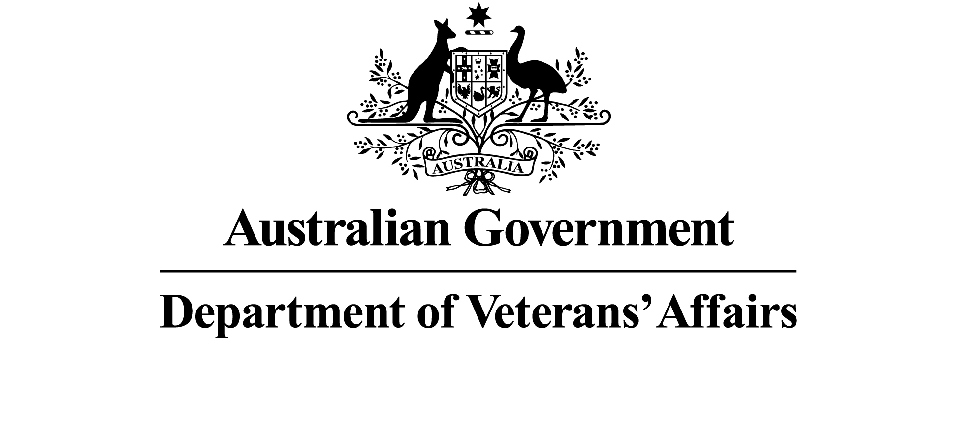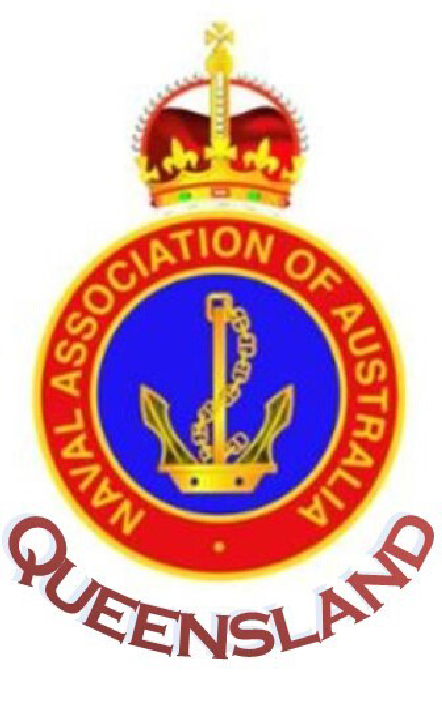Australia has long enjoyed economic prosperity driven by resource and agricultural booms, along with a robust services sector and real estate market. However, this success was accompanied by a shift towards economic liberalization, relinquishing industrial complexity. Despite weathering global crises, the COVID-19 pandemic exposed vulnerabilities, and Australia now faces challenges in the era of great power competition in the Indo-Pacific region.
China’s dominance in sectors like housing, agriculture, and energy, combined with Australia’s pursuit of free trade agreements without addressing industry protections, has turned the country into a primary resource supplier for rising powers. The demise of the manufacturing sector and a reluctance to invest in advanced techniques have led to concerns about becoming overly dependent.
Young Australians’ response to conscription calls highlights the urgency for Australia to address its economic and security vulnerabilities. Emphases must be on the need for competitiveness to ensure prosperity and security. The younger generation faces systemic challenges, leading to disconnection and mental health issues. Policymakers must provide a compelling narrative, fostering excitement, opportunity, and purpose to reverse stagnation.
The government’s focus should be on expanding opportunities, building economic resilience, and deterring coercion through economic strength. Transparency and collaboration between policymakers and constituents are crucial, encouraging public investment and belief in the nation’s future. Australia must engage in an honest conversation about its geopolitical positioning, aiming for top-tier status to secure the best outcomes.
Breaking free from short-term thinking is essential for long-term prosperity and security, benefiting current and future generations. In the era of great power competition, Australia must navigate challenges by redefining ambitions and adopting a strategic, forward-thinking approach.










